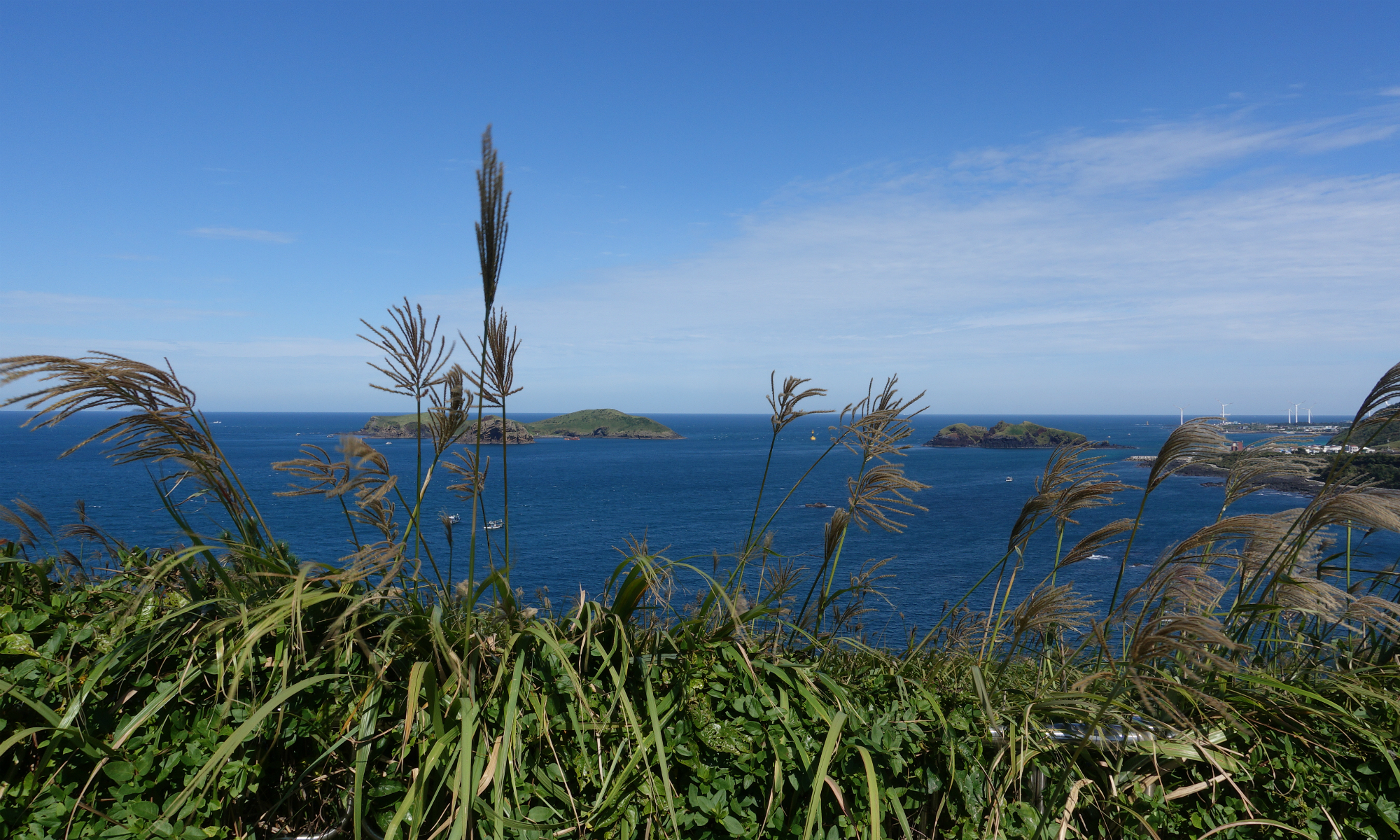Secret Garden of Changdeokgung Palace lies the 78-acre (32 ha) Huwon (후원, 後苑, Rear garden) which was originally constructed for the use of the royal family and palace women. The garden incorporates a lotus pond, pavilions, and landscaped lawns, trees, and flowers. There are over 26,000 specimens of a hundred different species of trees in the garden and some of the trees behind the palace are over 300 years old. The garden for the private use of the king had been called ‘Geumwon’ (금원, 禁苑, Forbidden garden) because even high officials were not allowed to enter without the king’s permission. It had also been called ‘Naewon’ (내원, 內苑, ‘Inner garden’). Today Koreans often call it ‘Biwon’ (비원, 秘院, Secret garden) which derived from the office of same name in the late 19th century. Though the garden had many other names, the one most frequently used through Joseon dynasty period was ‘Huwon’.
In September 2012, the Buyongjeong pavilion in the garden was re-opened after a year-long restoration project. The pavilion was restored based on the Donggwoldo from 1820, National Treasures of South Korea No. 249.
A variety of ceremonies hosted by the king were held in Huwon. In the early period of the Joseon dynasty, military inspections in which the king participated were often held here. King Sejo had troops parade and array before him or commanded them by himself in the garden. In addition, feasts were given, archery tournaments held, and fireworks enjoyed in Huwon.
The Ongnyucheon (옥류천, 玉流川, “Jade Stream”) area is of particular interest. It contains a U-shaped water channel carved in 1636 for floating wine cups, with a small waterfall and an inscribed poem on the boulder above it. The area also contains five small pavilions.
